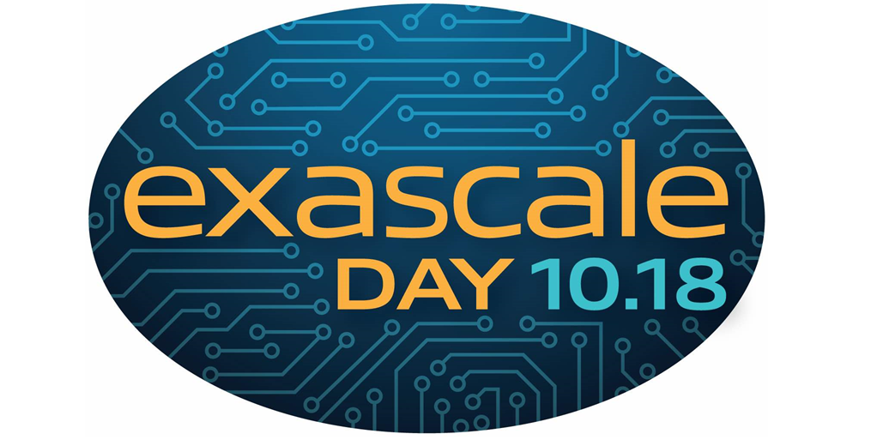
Suresh Aswani, Hewlett Packard Enterprise, Sr Solutions Marketing
In this highly data-driven world, innovation can happen anywhere. Thanks to advances in high-performance computing, it’s no longer necessary for scientists, engineers, and designers to be seated at their desks to execute work, collaborate with teammates, or utilize the latest modeling and simulation technologies. Today’s workforce not only requires, but demands to be able to access complex 3D applications from anywhere, at any time. Enter remote visualization.
A subset of HPC, remote visualization tools allow employees to dramatically improve productivity by accessing business-critical data and programs regardless of their location. Remote visualization technologies allow users to launch software applications on the server side and display the results locally, letting them leverage the bandwidth and compute power of the cluster while circumventing the latency and security risks of downloading large amounts of data onto their local client.
Some IT departments find it challenging to meet the network bandwidth and performance demands of remote visualization with their traditional virtual desktop infrastructure (VDI), particularly when it comes to viewing and manipulating 3D graphic datasets in real-time from geographically dispersed sites. However, remote visualization and VDI technologies have come a long way in terms of quality and responsiveness, driven forward by recent advances in GPUs, virtualization software, and remote protocols. Remote visualization is continuing to evolve to the point that demanding applications can even be accessed using the bandwidth of a typical mobile phone. Tom Wilkie of Scientific Computer World summed up this shift by saying, “The ability to look at complex data sets using only a mobile phone’s data rate is not some fantasy of the future. It is reality here and now.”
The proven benefits of remote visualization are rapidly driving up demand for these technologies across a wide range of industries. Here are a few examples of how remote visualization is accelerating innovation for companies in a variety of vertical markets:
- Geoscientists in the energy, oil and gas industry can use 3D modeling techniques and predictive analytics to study datasets from a variety of remote locations in order to accelerate exploration and discovery.
- Manufacturers can optimize the product development process by experimenting with multiple design options simultaneously, test and refine designs without the need for costly prototypes, and reduce the incidence of product defects.
- Media and entertainment companies can offer better, safer access to high-end graphics applications like those needed for video editing, photo retouching, and animation.
- Doctors and researchers in the health and life sciences field can visualize, manipulate, and explore bio-medical data and images as well as improve collaboration with specialists (e.g. a surgeon in Dallas can share an on-screen MRI with a neurologist at the University of Penn in real-time, increasing the speed and accuracy of diagnoses).
With remote visualization, enterprises can better support the needs of an increasingly dispersed and mobile workforce, while users can enjoy anytime, anywhere access to critical data across a variety of devices. Advances in GPU technologies are providing a superior graphics experience than ever before, enhancing the performance and usability of remote visualization technologies. And for organizations that are concerned with the risks of sharing data across the internet or the network, remote visualization is the best option for keeping business-critical information safe and secure in the data center while still making it available to employees.
As the world’s scientific, engineering, and industrial challenges continue to grow in complexity, the ability to visualize models and access applications anywhere, anytime is crucial for companies of every size and industry. Remote visualization solutions built to deliver key insights faster will provide the necessary support for data-intensive applications and allow companies to continuously improve collaboration, mobility, and security.
Submitted by Suresh Aswani, HPE’s Senior Manager, Solutions Marketing. To learn more about the advantages of remote visualization, I invite you to follow me on Twitter @sureshaswani2.




